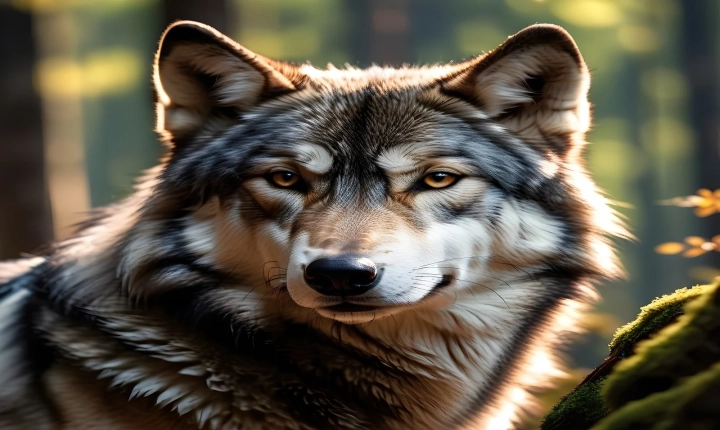Title: Unveiling the Power of AI: A Glimpse into Image Generation Technology
Artificial Intelligence (AI) has proven to be a game changer in many industries, revolutionizing the way tasks are automated and processes streamlined. One of the most fascinating and innovative applications of AI is its ability to generate images. From creating lifelike portraits to generating landscapes and abstract art, AI’s image generation capabilities have captured the imagination of researchers, artists, and tech enthusiasts alike.
The technology behind AI-generated images is rooted in the concept of Generative Adversarial Networks (GANs) and Convolutional Neural Networks (CNNs). GANs consist of two neural networks – a generator and a discriminator – which work in conjunction to create realistic images. The generator produces images from random noise, while the discriminator evaluates these images and provides feedback to the generator. Through this iterative process, the generator continuously refines its output until it generates images that are indistinguishable from real photographs.
CNNs, on the other hand, are primarily used for image classification and object recognition. However, they can also be repurposed for image generation by modifying their architecture and training them on large datasets of images. This allows the network to learn the characteristics and features of various objects, enabling it to generate new images based on this learned knowledge.
The applications of AI-generated images are vast and diverse. In the field of design and advertising, AI can be used to create custom graphics, logos, and visual content with minimal human intervention. This not only saves time and resources but also opens up new possibilities for personalized and unique visual assets. Similarly, in the entertainment industry, AI-generated images can be employed to develop virtual environments, characters, and animations, reducing the production time and costs associated with traditional methods.
Moreover, AI-generated images have the potential to revolutionize the domain of art and creative expression. Artists and designers can collaborate with AI to explore new avenues of creativity, leveraging its ability to produce novel and unconventional visual compositions. This convergence of human ingenuity and machine-generated art has sparked a new wave of artistic experimentation, blurring the lines between traditional and digital art forms.
Despite the remarkable progress in AI-generated images, there are still challenges that need to be addressed. Ethical and legal concerns surrounding copyright and ownership of AI-generated art remain a gray area, raising questions about authorship and intellectual property rights. Additionally, the potential misuse of AI-generated images for deceptive or malicious purposes underscores the need for robust ethical guidelines and regulations.
As AI continues to advance, the possibilities for image generation technology are virtually limitless. With ongoing research and development, we can expect AI to produce images that are not only visually stunning but also imbued with creativity and innovation. The convergence of human creativity and AI’s image generation capabilities holds the promise of a future where art, design, and visual storytelling are redefined in ways we have yet to imagine.
